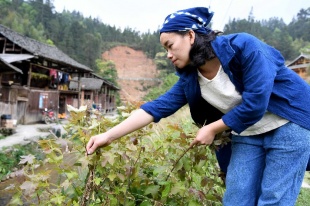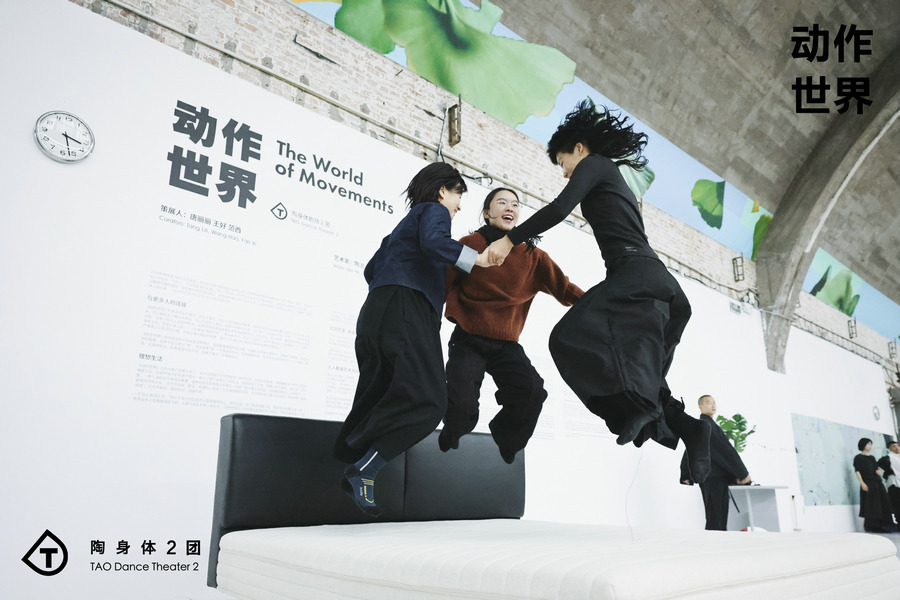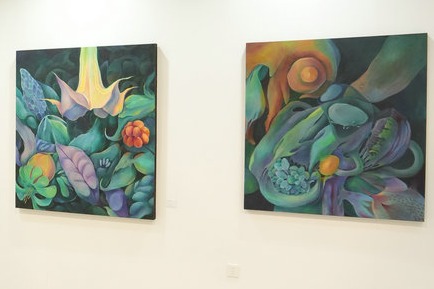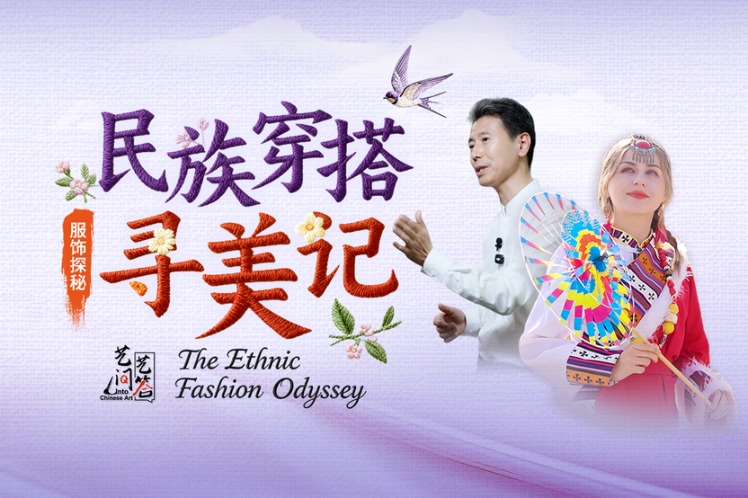Young entrepreneurs revive traditional Dong textile-making skills

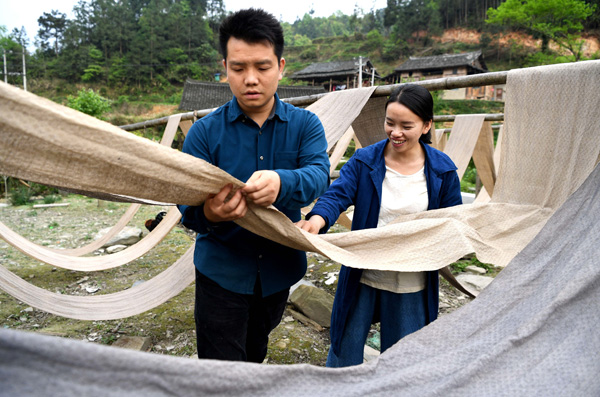
"It wasn't easy in the beginning, as local people didn't believe that traditional textiles could be turned into marketable products. Since the weaving process is so elaborate and time-consuming, very few women wanted to join us," Yang says.
Instead of chemical dyes, Yang uses the leaves from more than a dozen plants, including indigo, persimmon, safflower, maple and waxberry. These methods were passed down to her by her grandmothers.
Yang has enjoyed an increasing number of orders, as well as support from local women, as the unique craftsmanship and dyeing methods have gradually grown in popularity with consumers. Many rural residents, young and old, who've mastered the traditional weaving and dyeing skills from neighboring counties have joined the Dong-cloth industry.
The traditional cloth Yang makes sells for between 20 yuan ($2.85) and 400 yuan per meter, depending on its intricacy. In 2018, her sales soared to 2 million yuan, and many of her products were exported to Japan and Australia.
Yang Qiuyun was a migrant worker in Zhejiang province and Guangdong province before 2016. Since then, the 27-year-old has learned to weave and dye from working with Yang Chenglan. Thanks to the workshop, she doesn't have to leave her family to find a job and can earn around 4,000 yuan per month.
"What struck me most was that rural areas need young people with knowledge to lead locals to better lives," Yang Qiuyun says.
Since the country has been pushing ahead its rural revitalization strategy in recent years, an increasing number of talented youngsters have been returning to their rural hometowns, pooling their wisdom and energizing local economies.


